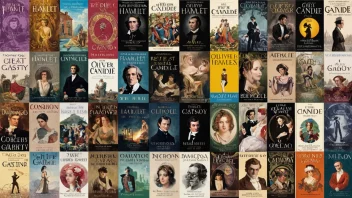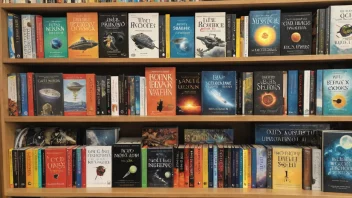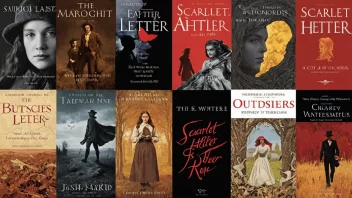Libraries have long served as vital community hubs that foster a love of reading and provide access to literature. In recent years, with the rise of bestsellers dominating the literary landscape, it's essential to examine how different types of libraries—public and academic—contribute to promoting these popular works. This article will compare the roles of public libraries and academic libraries in promoting bestsellers, highlighting their unique approaches, advantages, and challenges.
Public Libraries: Community Engagement and Accessibility
Public libraries are often the first point of contact for readers seeking access to bestselling titles. They serve a diverse population and focus on community engagement. Here are some key aspects of public libraries in promoting bestsellers:
Pros of Public Libraries
- Wide Accessibility: Public libraries are open to all community members, providing free access to a range of bestselling books.
- Community Programs: Many public libraries host book clubs, author readings, and events that center around bestselling titles, encouraging community discussions and engagement.
- Curated Collections: Librarians often curate collections based on popular trends, ensuring that the latest bestsellers are readily available to patrons.
Cons of Public Libraries
- Limited Budgets: Public libraries may face budget constraints that limit their ability to purchase multiple copies of high-demand bestsellers.
- High Wait Times: Due to popularity, readers may encounter long waitlists for bestselling books, which can deter some from borrowing.
- Geographic Limitations: Access to public libraries can vary based on location, limiting availability for some readers.
Academic Libraries: Supporting Scholarly Inquiry
Academic libraries serve primarily students and faculty, focusing on educational resources. While their primary goal may not be the promotion of bestsellers, they play a unique role in how these works are perceived in an academic context:
Pros of Academic Libraries
- Research Resources: Academic libraries often include bestsellers that have academic relevance, providing students with critical resources for papers and projects.
- Interdisciplinary Access: These libraries can encourage the exploration of bestsellers related to various disciplines, providing a broader understanding of themes within popular literature.
- Collaborative Programs: Some academic libraries collaborate with public libraries or local authors to engage students with bestselling works through readings and discussions.
Cons of Academic Libraries
- Niche Focus: Academic libraries may prioritize scholarly texts over popular fiction, potentially neglecting the latest bestsellers.
- Restricted Access: Access to academic libraries is often limited to students and faculty, excluding the broader public.
- Less Emphasis on Popular Culture: The focus on academic rigor may lead to a diminished emphasis on the importance of bestsellers in cultural discussions.
Comparative Analysis: Engagement vs. Education
While both public and academic libraries contribute to the promotion of bestsellers, their approaches differ significantly. Public libraries prioritize community engagement and accessibility, making them vital for fostering a love of reading among diverse demographics. In contrast, academic libraries focus on supporting scholarly inquiry, often incorporating bestsellers as a means to enhance educational discourse.
Audience and Purpose
The primary audience for public libraries is the general public, while academic libraries cater to a specific audience of students and faculty. This difference influences the types of bestsellers each library chooses to promote:
- Public Libraries: Tend to focus on current popular titles that resonate with the community and reflect cultural trends.
- Academic Libraries: May select bestsellers that align with academic curricula or provide critical insights into specific subjects.
Programming and Events
Public libraries often host events that celebrate bestselling authors and encourage community participation, such as:
- Book Festivals: Celebrating local and national bestselling authors.
- Discussion Groups: Fostering dialogue around popular themes found in bestsellers.
Conversely, academic libraries might host events that explore the critical implications of bestsellers within specific fields:
- Panel Discussions: Featuring experts discussing the impact of bestselling books on society.
- Workshops: Teaching students how to analyze popular literature critically.
Conclusion
In summary, both public and academic libraries play essential roles in promoting bestsellers, albeit from different perspectives. Public libraries excel in accessibility and community engagement, ensuring that bestseller titles reach a broad audience. On the other hand, academic libraries provide a critical framework for understanding bestsellers within educational contexts, supporting scholarly inquiry. Ultimately, the collaboration between these two types of libraries can enrich the literary landscape, making bestselling books accessible and relevant to all readers.






